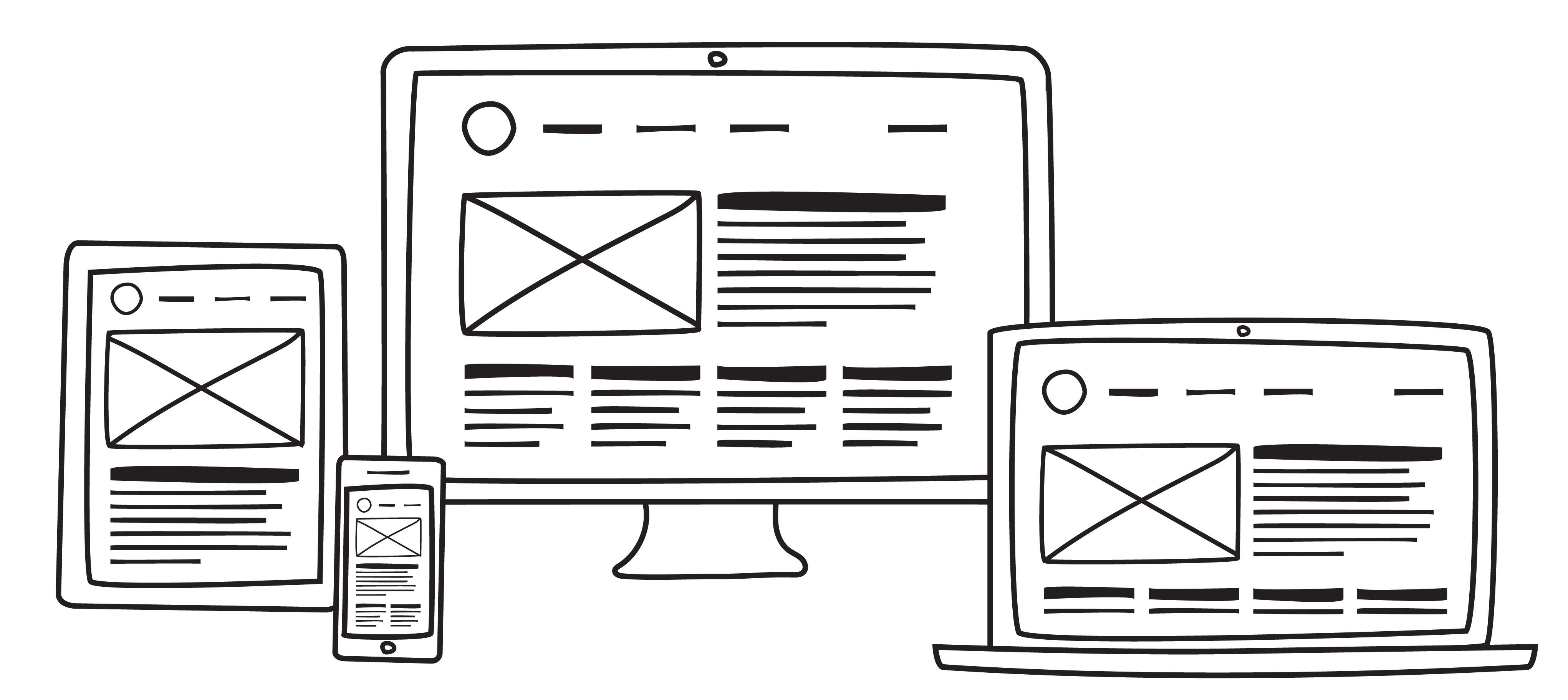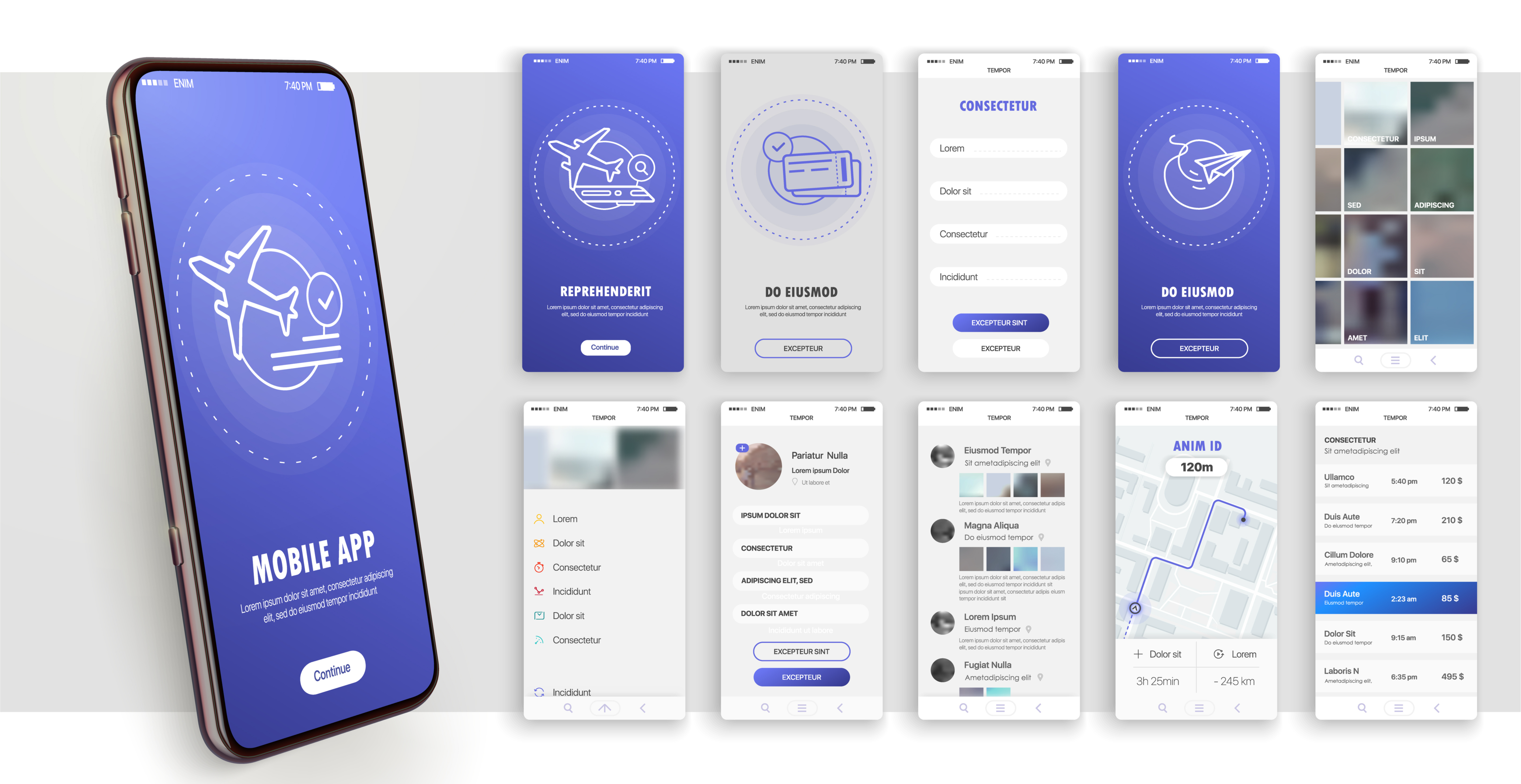Entrepreneurship is like gambling, no matter who you are: a first-time start-upper or a professional with dozens of successful projects under your belt.
Introducing a new product to the market is always a risk, as you can never fully anticipate the extent to which it will be accepted and gain popularity. Rates climb continuously with every coin and hour spent on preparation, and only a real-life test will reveal whether or not your bet has paid off.
So, like in poker, a useful strategy is to start small and raise the stakes as soon as you realize that you have a royal flush.
Software product development has several progressive stages. Each of them allows you to analyze the situation, assess your chances, and decide whether to bet or to pass and save considerable time and money.
Round 1: Develop a Prototype
 The prototype is a very basic imitation of your actual product that demonstrates its utility and functionality. Still, it is a powerful source for gaining media attention and attracting potential customers - or even paying customers if you are able to offer pre-order.
The prototype is a very basic imitation of your actual product that demonstrates its utility and functionality. Still, it is a powerful source for gaining media attention and attracting potential customers - or even paying customers if you are able to offer pre-order.
It’s not necessary for a prototype to be fully functional; however, it should be able to clearly demonstrate the way it solves a problem for your targeted audience.
If you gain traction at this stage, it's a good sign. Your solution has the potential to become something bigger.
Round 2: Proceed to MVP
 Minimum Viable Product is a strategy whereby a new product or website that encompasses all of the core features that might appeal to the targeted audience is developed.
Minimum Viable Product is a strategy whereby a new product or website that encompasses all of the core features that might appeal to the targeted audience is developed.
It's important to say that even when it is just minimally viable, it already IS a product. In other words, it should be able to solve the problem, not just demonstrate the process of how the problem will be solved.
With an MVP you can test your product and revise on the basis of feedback so that a fully functional version of your software can be introduced to the market sooner and better.
It's a cost-effective and cost attractive method. Many startups manage to win investment rounds by introducing a well-made MVP. (Simply check out our portfolio for proof :))
If you wish to learn more about MVP development and its benefits please proceed to our article: Everything You Always Wanted to Know about MVP Development
Round 3: Fully Functional Solution
 Once you have tested your product and obtained market feedback, you can identify the new features your customers need and then incorporate them into your solution.
Once you have tested your product and obtained market feedback, you can identify the new features your customers need and then incorporate them into your solution.
Success lies in how well you anticipate the needs of your audience and how you upscale your product to meet those needs. You should also take into an account that competitive markets usually demand something more than simple problem salvation. Users strive for pleasant look-and-feel, intuitive architecture and high-quality service, so make sure every upgrade makes it easier to reach a customer's goal, rather than becoming another obstacle to it. To do so, pay extra attention to UX/UI design and quality assurance.
***
The work, however, never stops with the launch of a fully functional solution. In fact, it can become overwhelming. More and more features will be added to your development backlog based on customer feedback. But watching your product grow and gain popularity is worth every sleepless night, isn't it?
At Intersog, we are always ready to help you increase your prospects of winning over the market. Contact us to learn more about the software development services we provide and subscribe to our blog to get the hottest articles on technology and growth hacking.
Leave a Comment